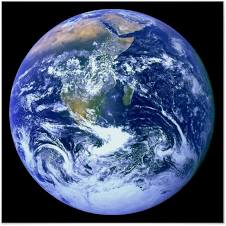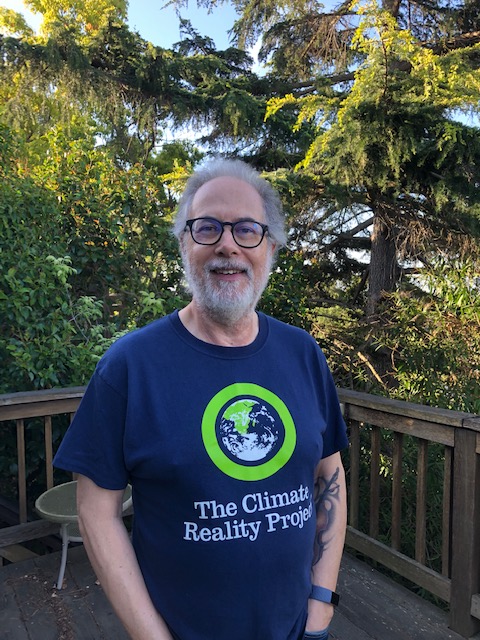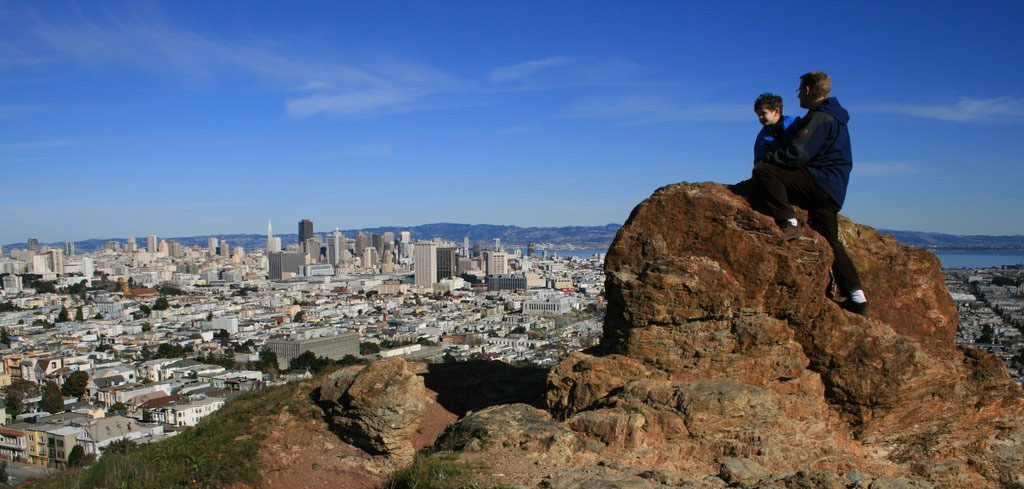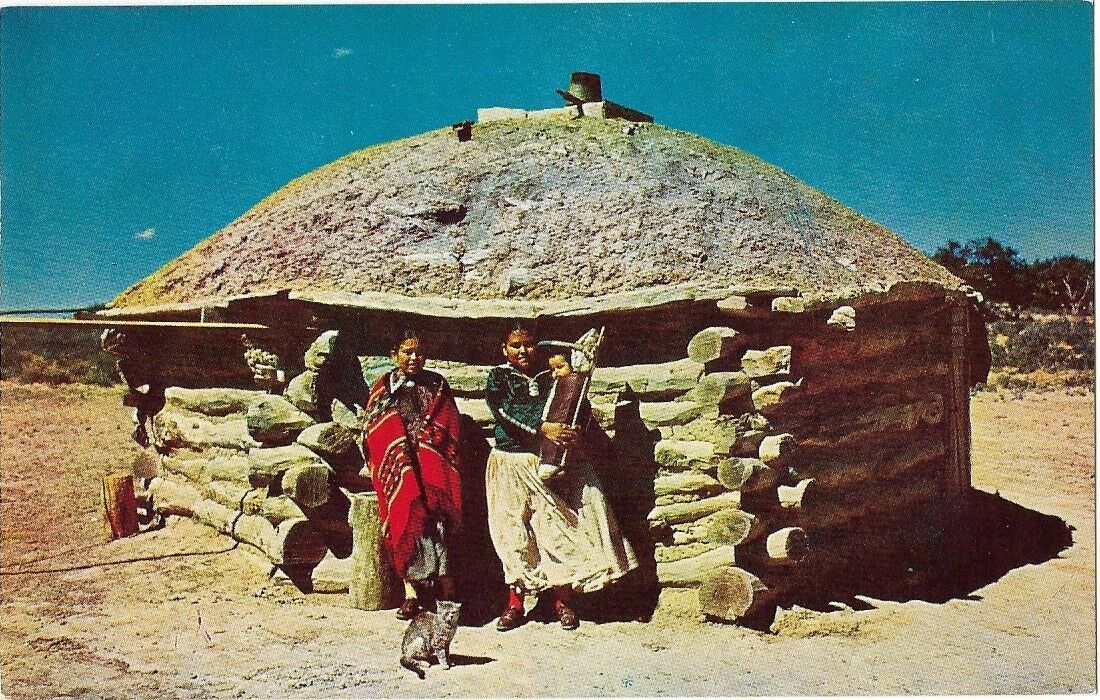A review by Steve Schaefer
The year 2020 was a difficult one. But now, it’s 2021, and I’m ready to renew my commitment to ensuring a safe, healthy, and happy future for my children, grandchildren, and everyone else who will be living in the second half of the 21st century, after I’m gone.
Reading an inspiring book is a great way to light the fire of climate action in your belly. So, I pulled The Future We Choose—Surviving the Climate Crisis off my bookshelf. Its two authors, Christiana Figueres and Tom Rivett-Carnac have excellent climate credentials—they were the architects of the 2015 Paris Agreement. They are also cofounders of Global Optimism, an organization focused on bringing about environmental and social change.
I ordered the book last year when it came out, but for some reason, I only got through the first two parts before putting it aside. I got distracted and disturbed by the COVID-19 lockdown and six months of job searching, among other things. But with the U.S. about to re-enter the Paris Agreement under our new, climate-action-focused president, it seemed like an appropriate book to read right now. The book’s 210 pages went by fast, as the message is expertly written in clear, actionable prose.
Two Scenarios for 2050
Part 1 of the book, Two Worlds, offers a brief introduction and two views of life in 2050—one if we don’t act and one if we do. They are jarringly different scenarios, and of course, we want the second option. Chapter 1 opens the book with a brief review of the now familiar basic science of climate change. Chapter 2 presents a dystopian tale of rising temperatures and oceans, more powerful storms, mass dislocation, droughts, political unrest, and the other scary topics that Al Gore clearly laid out in his An Inconvenient Truth slideshow. Chapter 3 offers the alternative future, where we had the right vision and took action, keeping the earth a good place for people to live. In a way, it follows Mr. Gore’s slideshow’s template—education—emotion—action.
Three Mindsets for Success
In Part 2, Three Mindsets, the authors lay out three ways of thinking we need to practice in order to be good citizens of the earth and do what’s necessary to succeed. The introduction begins with a warning that we too often start “doing” before first reflecting on “being”— knowing who we are and what we personally bring to the task and what other people can do. The authors quote Gandhi, who said we want to be the change we want to see. It reminds me of ideas I heard in my college philosophy classes. It’s certainly important to be centered, grounded, and know what our goals are.
They also say that we need to make a total shift in our thinking. Part of why we’ve done so much damage to the planet is that we don’t see and feel how we are intimately connected to all of nature in everything we do, from the air we breathe to the food we eat to the materials we take from the earth and the waste we leave behind. We need to move to an attitude of connection and stewardship, away from one of exploitation and disposal.
The three mindsets are:
- Stubborn Optimism
- Endless Abundance
- Radical Regeneration
Stubborn Optimism
It’s easy to feel overwhelmed by the scale and the complexity of the climate crisis, but the authors urge us to not feel helpless. By recognizing our thought patterns, we can start to transform them, and move towards optimism. Optimism, in their definition, means an intention to see beyond the immediate horizon, have comfort in the uncertainty of the outcome, and make a commitment to keeping this mindset.
We want to focus on positive thoughts, while also clearly seeing the real issues, remembering that another future is possible, but not promised. We can use the power of hope to create a new reality.
“Optimism is about having steadfast confidence in our ability to solve big challenges. It is about making the choice to tenaciously work to make the current reality better.”
Endless Abundance
Picturing the world as a zero-sum game gives us a perception of scarcity, even when there isn’t any. This leads to competition and self-centeredness, which historically has been very damaging to the planet. However, with a rapidly expanding population and reduced resources, the earth is now approaching actual scarcity, so collaboration is now our only option.
“The practice of abundance starts by shifting our minds away from perceived scarcity to what we can collectively make abundant.”
Radical Regeneration
Regeneration here means two things. In one sense, our planet can no longer support one-directional growth, with continued extraction without restoration. One example of a solution is rewilding, where areas of the planet are allowed to return to their natural state. The other meaning of regeneration applies to us. The authors suggest meditation and mindfulness to stay personally grounded through the challenges of climate action. Also, time spent in the natural world is restorative, especially with so many of us inside suffering from “nature deficit disorder.”
Ten Actions to Take
In Part 3 Figueres and Rivett-Carnac lay out ten actions we all should take. They believe that while having the right mindset is crucial to success, we have to manifest it in our actions as well. It’s also important to reject the cycle of blame and retribution we get when looking at the past and embrace the shared endeavor while “transforming our priorities to an everyone-everywhere mission.”
“The time for doing what we can is past. Each of us must now do what’s necessary.”
Here are the ten actions.
Action 1: Let Go of the Old World
Fossil fuels have built our society, and brought a lot of people out of poverty, but it’s time to move on. We have to avoid nostalgia for the good old days and focus on where we’re going, not where we’ve been. It’s time to challenge our assumptions.
Action 2: Face Your Grief but Hold a Vision of the Future
With an uncertain future, we need to muster as much courage as we can. We need a vision, not simply goals, while keeping our eyes on what’s to come. It helps to believe that the world is worth saving and that a regenerative future is possible.
Action 3: Defend the Truth
In the internet age, there is plenty of disinformation and lies out there. We have to beware of “confirmation bias,” where we see truth in things that reinforce our existing beliefs. We should verify sources and learn to distinguish between real science and pseudoscience. We can make a positive impact by interacting with and listening to climate deniers to learn where they are coming from and find ways to communicate with them.
Action 4: See Yourself as a Citizen, not a Consumer
It’s crucial to resist the rampant and unsustainable consumerism of today, where “the good life” means constantly consuming new things. When you do buy things, be a good consumer and support companies that make their products sustainably. Even better, work to dematerialize.
Action 5: Move Beyond Fossil Fuels
This is a favorite of mine, as an EV advocate. Beyond moving to electric cars, the authors suggest making an energy audit of your home and systematically reducing your carbon footprint. And we can all demand 100 percent renewable energy from our utilities. We need to make the transition in a planned and measured way to keep the economy intact, but we must do it now.
Action 6: Reforest the Earth
Trees are natural, non-tech CO2 absorbers, and they are cheap and safe. By letting nature flourish we can undo a lot of damage. Trees help cool cities, too, where temperatures are already heading upward. Scary: 80 percent of the deforestation of the rainforest in Brazil is for raising beef cattle. Going to a more plant-based diet has a big impact. We can boycott products from companies that are contributing to deforestation.
Action 7: Invest in a Clean Economy
We need to move more in harmony with nature, repurpose used resources, and minimize waste. The book proposes moving away from using the GDP as a measurement of success—it’s based on extract, use, and discard. Places like Costa Rica and New Zealand are moving away from this model.
“We need to reorient our underlying sense of value toward quality of life.”
Action 8: Use Technology Responsibly
Artificial Intelligence (AI) is a powerful tool and has exponential potential if deployed and governed well. It’s important, however, to apply the technology to a society that’s already moving in the right direction. Using AI to extract coal faster obviously isn’t the way. Redesigning energy grids and preventing methane leaks from pipes are good uses of technology. Find out what your government and local community are doing.
Action 9: Build Gender Equality
It turns out that women are better leaders during a crisis. They are more open and sensitive to a wider range of views and are better collaborators. Opening up educational opportunities to women worldwide leads to smaller, healthier families, which is crucial for limiting a growing world population. Project Drawdown has made this point clearly, as well. We need all the deep listening, empathy and collective wisdom we can get.
Action 10: Engage in Politics
We need stable political systems to be responsible to the planet’s changing needs and citizens’ evolving desires. Sadly, corporate interests have captured our democracies. Although climate change action is a higher priority for more people now, it needs to become the top priority. Peaceful civil resistance and civil disobedience are the moral choice and historically have proven to be very effective. It only takes a small number of people (3.5% of the population, according to the authors) to move change in a society.
The Conclusion
The book winds down by making two points, and then proposing an action plan. The points are:
- We still have a choice—and every action matters
- We can make the right choices about our own destiny
The action plan is a checklist called, “What You Can Do Now.” It proposes actions for right now and far into the future:
- right now
- today or tomorrow
- this week
- this month
- this year
- by 2030
- by 2050
Thinking about these categories and planning what you will do helps you understand that your actions today matter, and that you need to be thinking long term, too. By 2050, those of us who are still around will know if our actions were successful.
Next: I’m going to fill in my What You Can Do checklist.
Figueres, Christiana and Rivett-Carnac, Tom. The Future We Choose—Surviving the Climate Crisis. New York: Alfred A. Knopf, 2020.



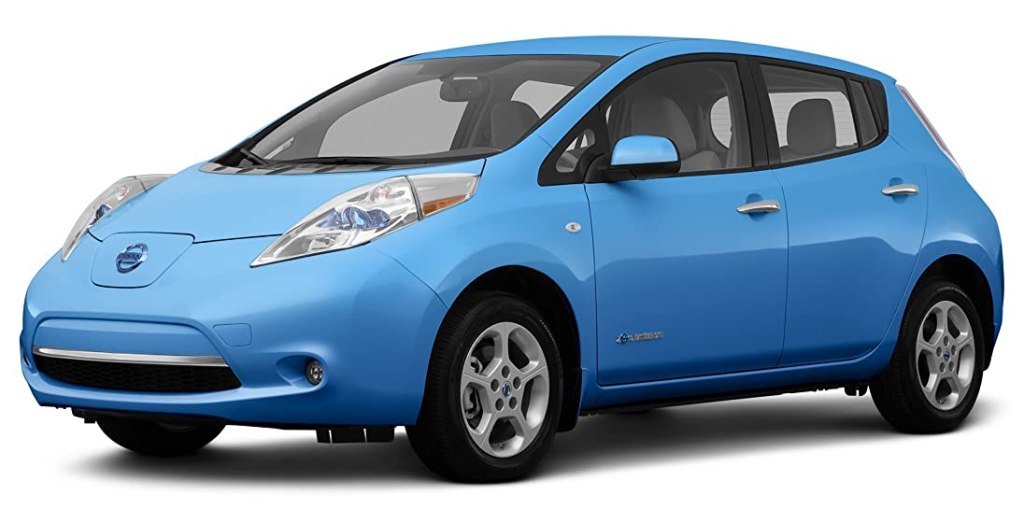








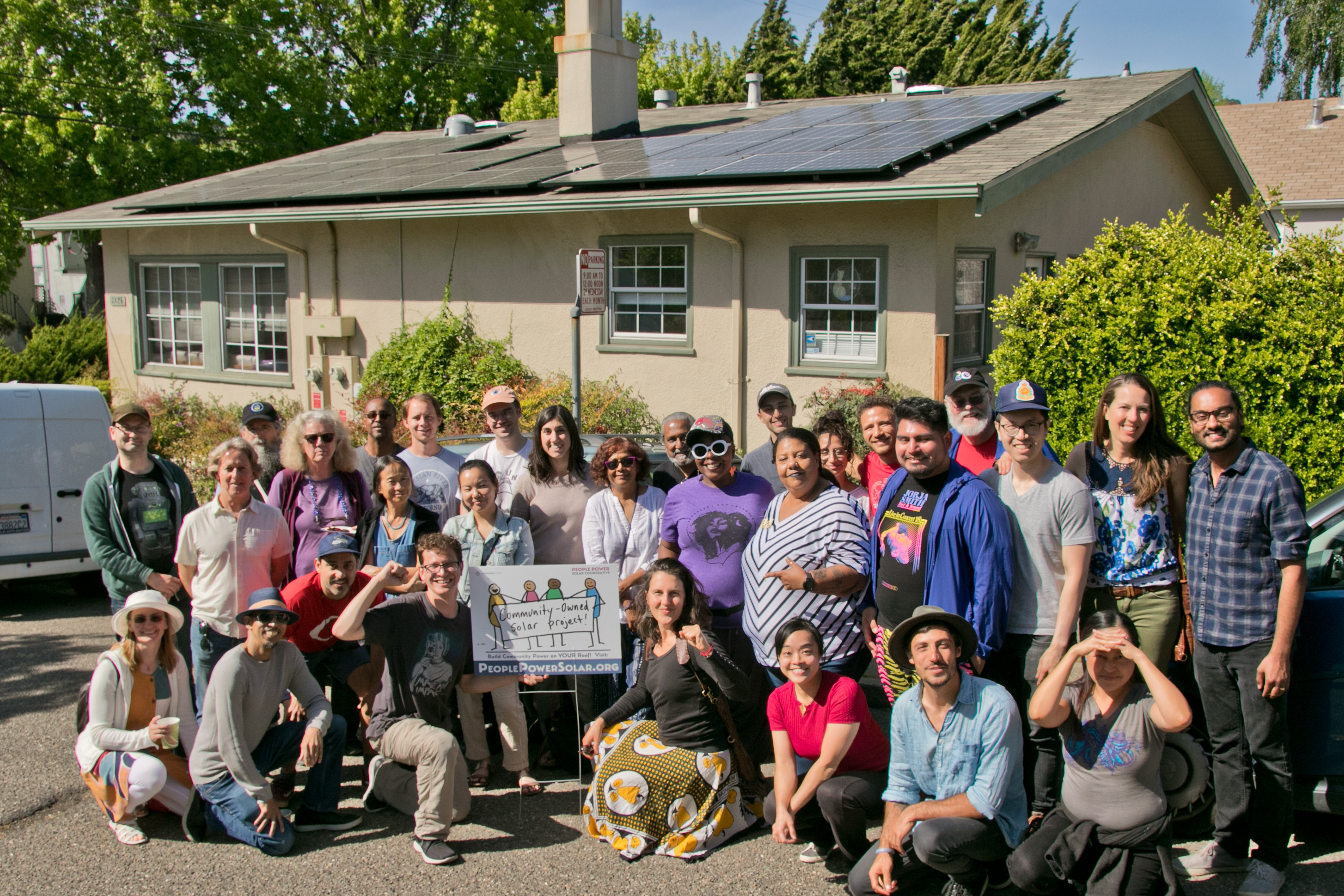
 Crystal Huang is a grassroots community-builder and the leader of the People Power Solar Cooperative. She has more than ten years of experience in climate solutions and activism. As a climate activist, she served as COO of Powerhouse, a solar incubator, and founded CrossPollinators, which fosters collaboration among grassroots solutions. She was associate producer of a documentary by Oscar-winning filmmaker Charles Ferguson called Time to Choose.
Crystal Huang is a grassroots community-builder and the leader of the People Power Solar Cooperative. She has more than ten years of experience in climate solutions and activism. As a climate activist, she served as COO of Powerhouse, a solar incubator, and founded CrossPollinators, which fosters collaboration among grassroots solutions. She was associate producer of a documentary by Oscar-winning filmmaker Charles Ferguson called Time to Choose.